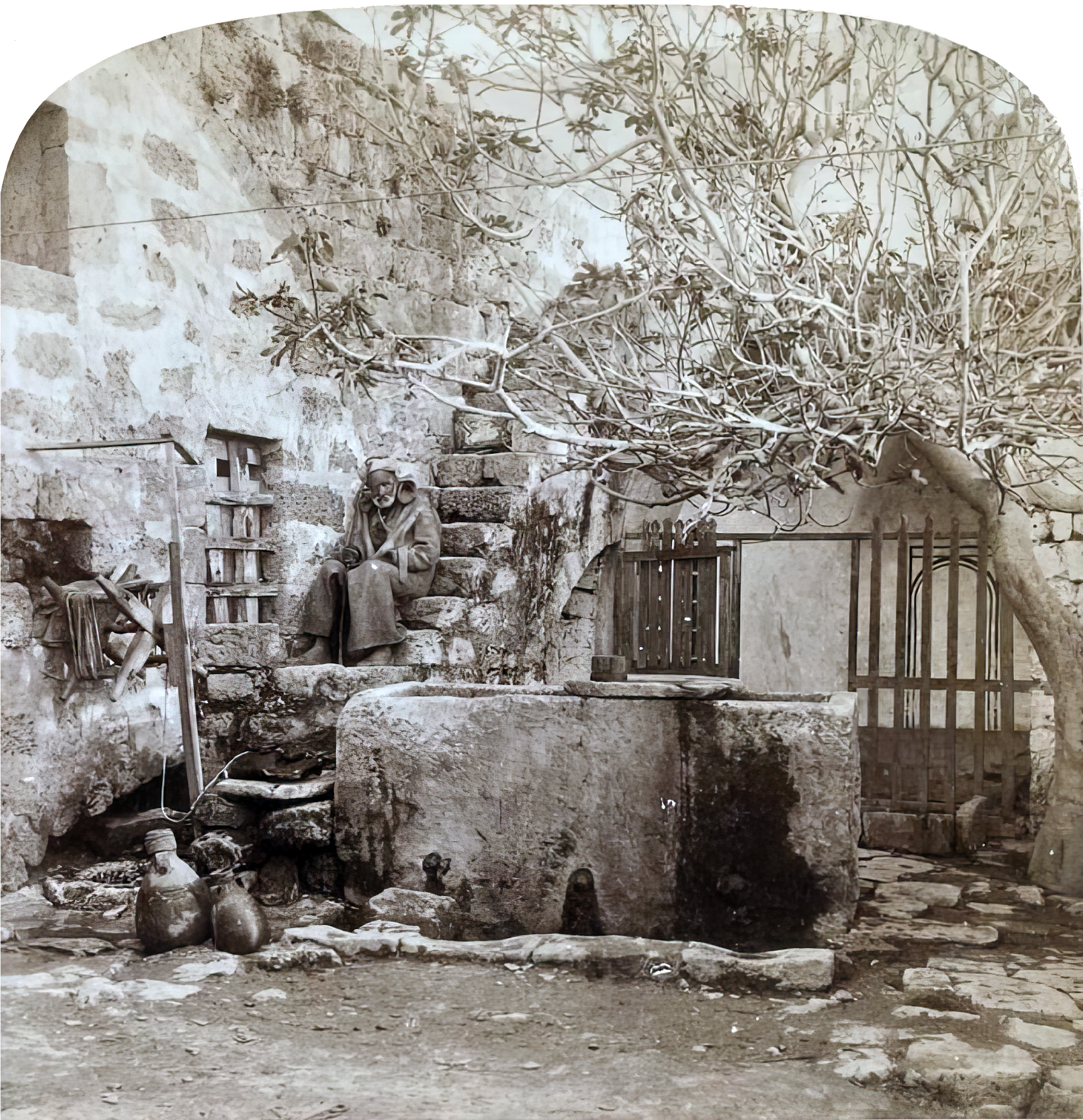Who is…
Simon
also known as: Shimon or Simeon
This name is the abbreviated form of Simeon and is the name of 9 biblical men.
-
Simon Peter
He is one of the 12 closest disciples specifically chosen by Jesus Christ and an Apostle (Matthew 4:18).
See: PETER.
-
Simon Iscariot
-
Simon the Zealot
also known as: Simon the Zelotes, Simon the Cananean, Simon the Canaanite
He is one of the 12 closest disciples specifically chosen by Jesus Christ.
His name is briefly mentioned in Matthew (Matthew 10:2-4), Mark (Mark 3:16), Luke (Luke 6:14), and the Acts of the Apostles (Acts 1:13).
There is apparently no other biblical record of this Apostle, so he remains more obscure than most.
He is called Simon the Zealot or Canaanite, or Cananean. He is also called Simon “Zelotes” (Luke 6:15; Acts 1:13; the Revised King James Version says “the Zealot”).
Before he was called to Apostleship, he had apparently been a member of the fanatical sect of the Zealots, an aggressive political party that opposed the Roman census for taxation and their occupation of Judea.
They were looking for a conquering Messiah. The ancient historian Josephus mentions its founder—a man named “Judas of Galilee” (Acts 5:37) or “…the Galilean” or “…of Gamala.” The movement began in 6 AD and was defeated by the Romans in 70 AD.
This Apostle is also called Simon the Canaanite in some translations of Matthew 10:4 and Mark 3:18 KJV, AKJV, and “Cananite” in the NKJV. This word “Canaanite” does not mean a native of Canaan, but is derived from the Syriac word Kanean or Kaneniah, which was the name of a Jewish sect.
Some English Bible translations use the word “Cananaean” here with the marginal note: “or Zealot.” The New American Standard Bible (NASB) and many others say “Zealot.” The NASB includes the marginal note: “Or Cananaean.” Cananaean: “member of a Jewish sect that bitterly opposed the Roman domination of ancient Palestine.”
More information
-
Simon, a brother of Jesus Christ
Is not this the carpenter’s son? is not his mother called Mary? and his brethren, James, and Joses, and Simon, and Judas? —Matthew 13:55 KJV
Is not this the carpenter, the son of Mary, the brother of James, and Joses, and of Juda, and Simon? and are not his sisters here with us? —Mark 6:3 KJV
- Did Jesus Christ have BROTHERS and SISTERS?
- MARY, THE MOTHER OF JESUS—What does the Bible say about her?
- Did Jesus Christ have BROTHERS AND SISTERS?
- MARY, JESUS’ MOTHER—the Bible versus Roman Catholicism
- Who is JOSEPH, the adoptive-father of Jesus Christ?
- CARPENTERS—What does the Bible say about them?
-
Simon, the Pharisee
It is within his house that “a woman of the city which was a sinner” anointed our Lord’s feet with ointment (Luke 7:36-38)
-
Simon the leper
He was of Bethany, in whose house Mary anointed our Lord's head with ointment “as he sat at meat” (Matthew 26:6-13; Mark 14:3-9).
-
Simon who carried Christ’s cross
He was a Jew of Cyrene (in North Africa, then a province of Libya)
A hundred thousand Jews from Israel had been settled in this province by Ptolemy Soter (323-285 BC), where by this time they had greatly increased in number. They had a synagogue in Jerusalem for such of their number as went thither to the annual feasts.
Simon was seized by the soldiers as the procession wound its way to the place of crucifixion as he was passing by, and the heavy cross which Christ from failing strength could no longer bear was laid on his shoulders.
Perhaps they seized him because he showed sympathy for Jesus.
He was the “father of Alexander and Rufus” (Matthew 27:32).
This Simon may possibly have been one of the “men of Cyrene” who preached the Word to the Greeks (Acts 11:20).
-
Simon the sorcerer
He was famous for his magical arts among the Samaritans (Acts 8:9-11)
He afterwards became a professed convert to the faith under the preaching of Philip the deacon and evangelist (12-13).
His profession of faith was, however, soon found to be hollow. His conduct drew a stern rebuke from Peter (8:18-23).
From this moment, he disappears from the Church’s history.
The term “Simony,” as denoting the purchase for money of spiritual offices, is derived from him.
- What does the Bible say about sorcery?
- What is the Occult?
- The Occult—What does the Bible say about it?
-
Simon the tanner
He was a Christian at Joppa (aka Jaffa), a tanner by trade, with whom Peter on one occasion lodged (Acts 9:43). His house was near the seacoast (Acts 10:5–6; 10:31–32).
He is only mentioned in the Acts of the Apostles (chapters 9 and 10).
Tanners of leather were not popular in ancient Israel because they dealt with dead animals and urine. However, Jesus and His Apostles were open to people of diverse professions and backgrounds.
According to tradition, this is the house of Simon the tanner in the Old City of Joppa, Israel. Photographed in 1896.Simon’s house is today part Tel Aviv-Yafo, Israel’s largest city, and is located behind Jaffa’s lighthouse. The house is privately owned and not open to the public. However, its entrance door is marked.
More information
- Who is Simeon?
- Who is Peter?
- Who is Judas Iscariot?
- Men of the Bible
